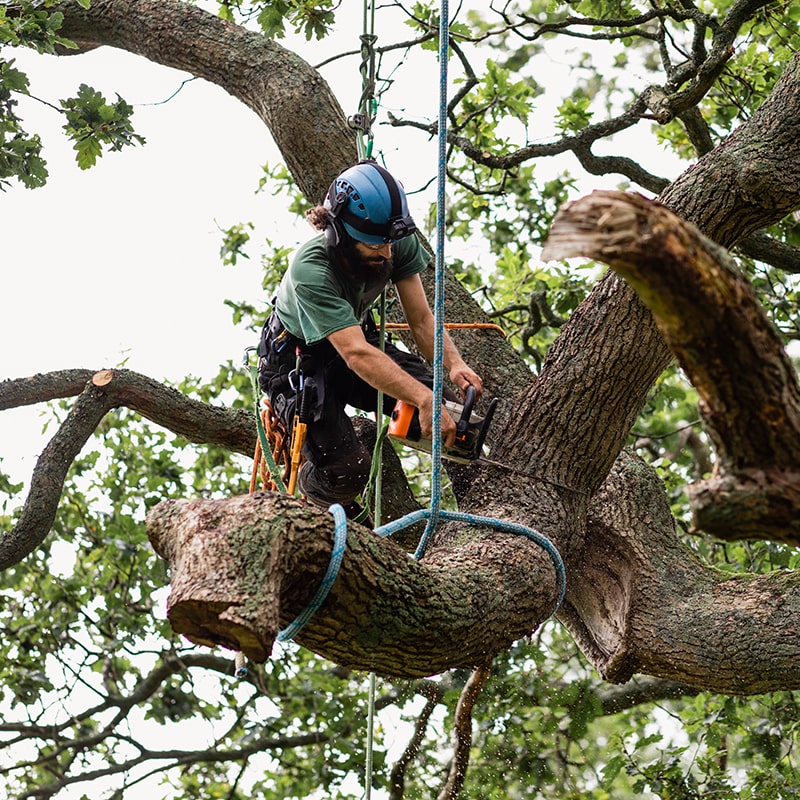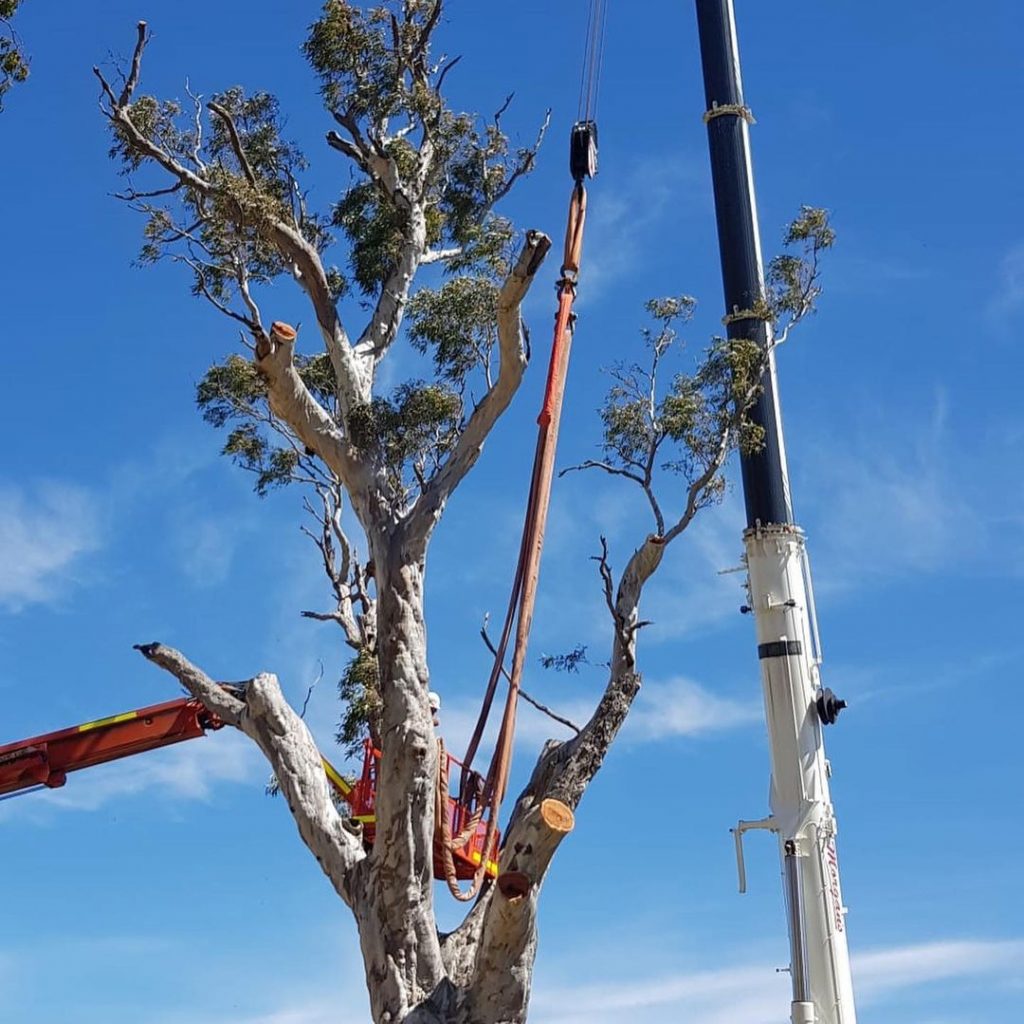All Categories
Featured
The elimination of trees can create open rooms that are susceptible to weed invasion. When trees are existing, their dense covers commonly shade the ground, restricting the quantity of sunshine that reaches the dirt. However, after the removal of trees, these open locations obtain raised sunlight, offering perfect problems for weed growth.

They might suggest the use of mulch, which acts as a protective barrier on the soil surface area, preventing weed seeds from sprouting and suppressing weed development.

The visibility of trees fosters a rich and varied neighborhood of dirt germs. Tree roots provide a source of raw material, exudates, and nutrients that sustain the growth and task of beneficial dirt bacteria. Nevertheless, when trees are removed, the absence of their origins can disrupt the fragile balance of the dirt's microbial ecosystem.
How Much Does It Cost To Have A Wollongong Council Tree Removal?
This adjustment in pH can affect nutrition schedule, microbial activity, and overall dirt health and wellness. To resolve the effects of tree cutting on dirt pH, tree elimination experts can give important suggestions. They may recommend soil testing to assess the present pH degrees and establish the necessary adjustments. Based on the outcomes, experts can recommend pH adjustment techniques, such as including lime to increase soil pH or including elemental sulfur to lower it.

It refers to the compression of dirt bits, resulting in minimized pore area and boosted soil density. This compaction can negatively affect the soil's capacity to work optimally, affecting its water-holding capability, vitamins and mineral availability, and origin penetration. Proper strategies used by tree removal specialists can help lessen compaction and maintain the soil's capacity to retain water, and permit sufficient air movement and cautious equipment handling.
Latest Posts
What Is The Best Stump Removal Wollongong Software?
What Is The Best Wollongong City Council Tree Removal?
What Is The Best Tree Cutting Wollongong Service?